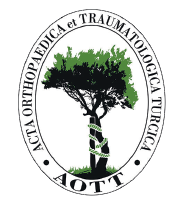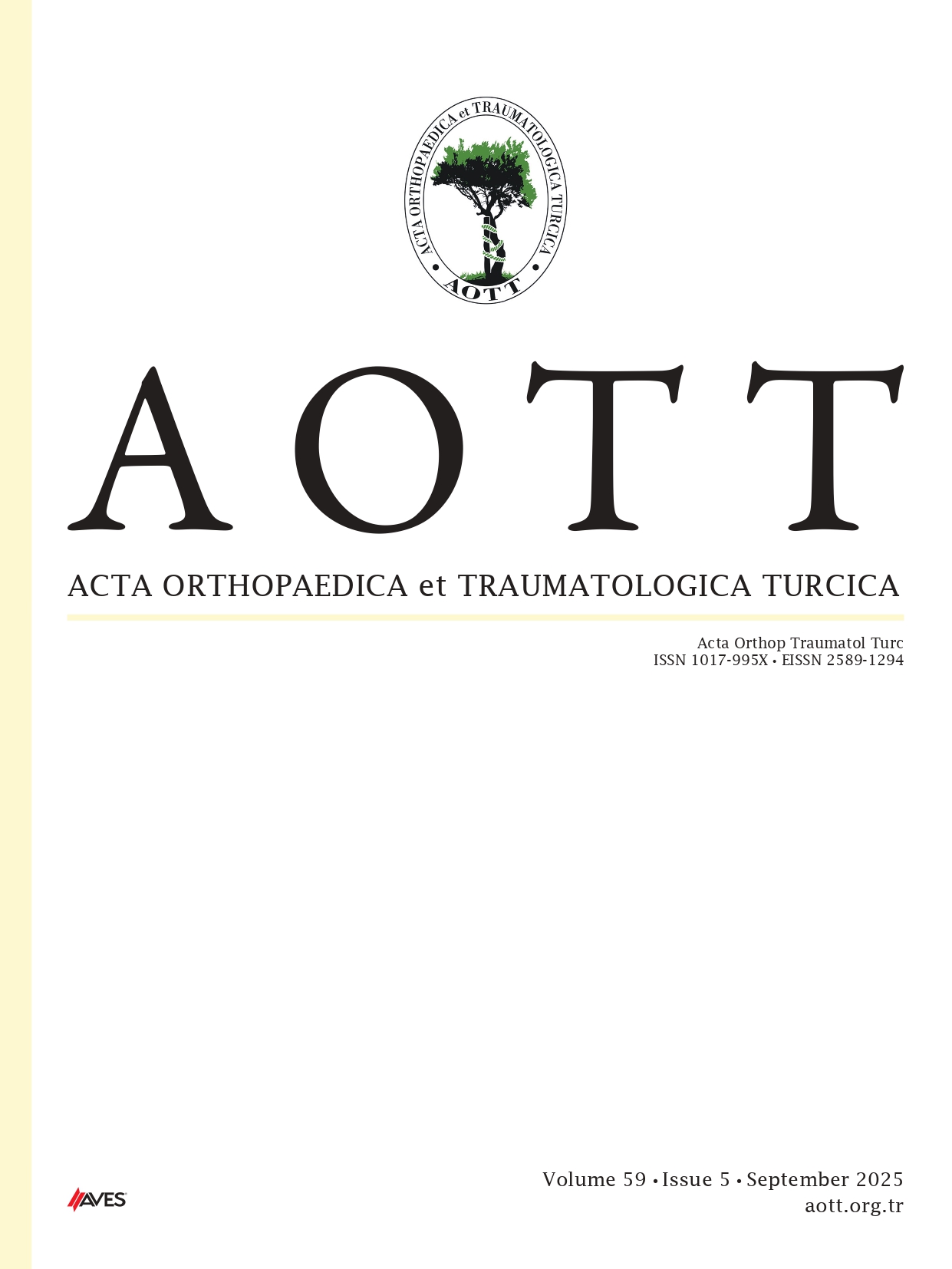Objective: The objective of this study is to explore the role and regulatory mechanisms of disulfidoptosis in spinal cord injury (SCI) and to develop a diagnostic model based on this cell death mechanism.
Methods: The peripheral blood RNA-seq data from SCI patients sourced from dataset GSE151371 was utilized in the study. Various analytical techniques, including differential gene expression analysis, immune infiltration profiling, consistency clustering, and pathway enrichment analysis, were employed to investigate the impact of disulfidoptosis. Machine learning models were also developed to aid in the diagnosis of SCI based on gene expression profiles related to disulfidoptosis.
Results: Gene expression analysis revealed significant upregulation of genes such as GYS1, PDLIM1, NDUFA11, and MYL6, and down-regulation of NUBPL, LRPPRC, and CD2AP in SCI patients, with statistical significance (P < .05). Immune infiltration profiling showed a decrease in CD4+ and CD8+ T cells, contrasted by an increase in gamma delta T cells (P < .05), indicating an altered immune landscape. Furthermore, 2 distinct subgroups were identified through consistency clustering, highlighting significant differences in disulfidoptosis- related gene expression. Pathway enrichment analysis revealed different pathways between clusters, suggesting diverse regulatory mechanisms within SCI subtypes. The diagnostic model evaluation using random forest achieved the highest accuracy with an area under the curve (AUC) of 0.955, demonstrating its potential utility in clinical settings for SCI diagnosis.
Conclusion: Disulfidoptosis plays a significant role in the pathophysiology of SCI. This study offers novel insights into its molecular mechanisms and presents a potential foundation for diagnostic modeling.
Cite this article as: Wang C, Yu L, Hongyan M. Investigating the role of disulfidoptosis in spinal cord injury and development of a novel diagnostic model. Acta Orthop Traumatol Turc., Published online June 5, 0248, 2025. doi: 10.5152/j.aott.2025.24248.



.png)
.png)
